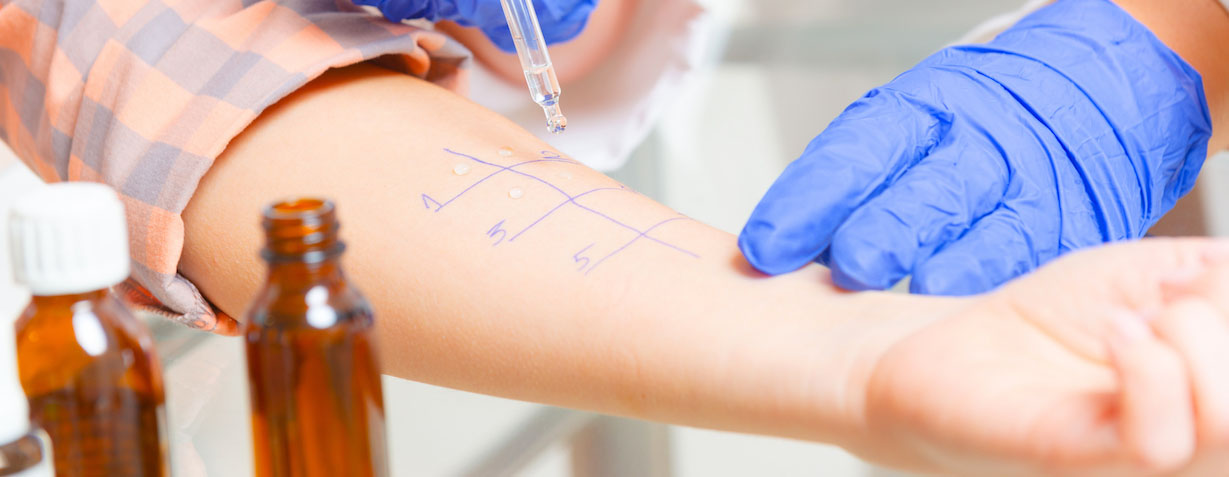How to Prevent an Allergic Reaction - Tips from AboutKidsHealth
Summer brings more opportunities for outdoor fun and vacations, but it also brings a higher chance of coming into contact with allergens. Children are more likely to encounter plants, insects and airborne allergens if they are spending lots of time outside, and may have to take more precautions to avoid food allergens if they are travelling.
Learn about the different types of allergens, how to prevent allergic reactions and what to do in case of a severe allergic reaction with the following information from AboutKidsHealth.
What is an allergy?
The immune system protects us by attacking harmful substances such as viruses and bacteria. An allergic reaction happens when the immune system treats a substance that is not harmful for most people, called an allergen, as an invader and overreacts to it.
Allergic disorders, including food allergies, are common in childhood. Many children with allergies also have asthma.

Types of allergens
There are two main types of allergens: airborne and food. Airborne allergens include pollen from flowers and other plants, mould, pet dander (dead skin cells from pets) and cockroaches. Common food allergens include peanuts, tree nuts, eggs, cow’s milk, wheat, soy, fish and shellfish. Other allergens include insect bites or stings and medicines.
There are two main types of allergens: airborne and food
Symptoms of allergies
Symptoms of allergies may differ depending on the type of allergen and depending on how your child’s body reacts to allergens.
Symptoms for airborne allergens include:
- sneezing
- itchy nose or throat
- stuffy or runny nose
- red, itchy and/or watery eyes
- coughing
- wheezing or shortness of breath
- headaches
- plugged ears
Symptoms for food allergens, insect bites or stings and medications include:
- itchy mouth and throat when food is swallowed
- skin rashes, such as hives
- swelling of the face or throat
- breathing problems
- coughing, sneezing
- vomiting or diarrhea
- itchy, runny or stuffy nose
- conjunctivitis (red, swollen eyes) or itchy, watery eyes
- shock
How to prevent allergic reactions
Remove airborne allergens from your home by cleaning your home often, closing windows in peak seasons to keep outdoor pollen out and keeping bathrooms and other mould-prone areas clean and dry.
Prevent reactions to food allergens by helping your child avoid all foods they are allergic to. Teach them to be aware of the foods to avoid and all possible names of those foods. You and your child should learn to read food labels on food packaging and always ask questions about served food.
Even small amounts of foods can trigger anaphylaxis in some children. Anaphylaxis is the most severe type of allergic reaction and is a medical emergency. It may cause skin rash, breathing difficulties, stomach upset and low blood pressure. Call 911 or take your child to the nearest emergency department if they have any of these signs and symptoms.
Find more ways of preventing allergic reactions and learn how to care for your child with an allergy at home in the AboutKidsHealth article, “Allergies”.
AboutKidsHealth is SickKids’ health-education website and features more than 3,500 articles on a range of paediatric health topics. Find more information on allergies and other health topics at aboutkidshealth.ca.


